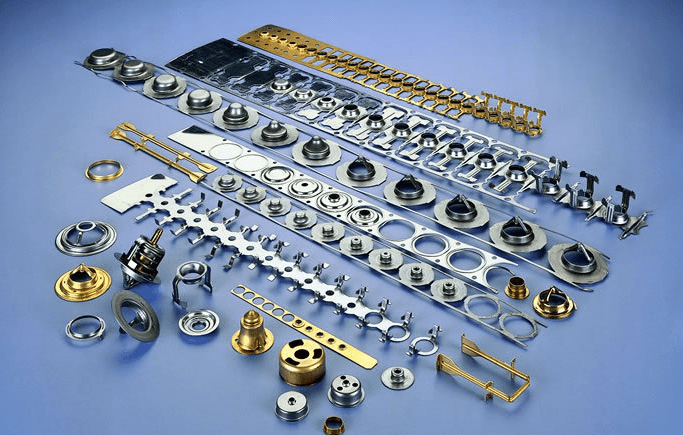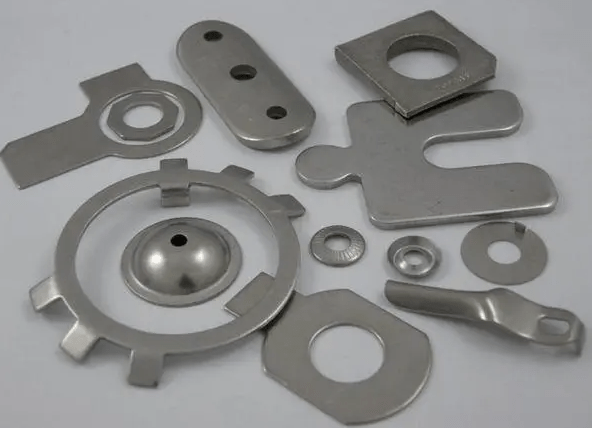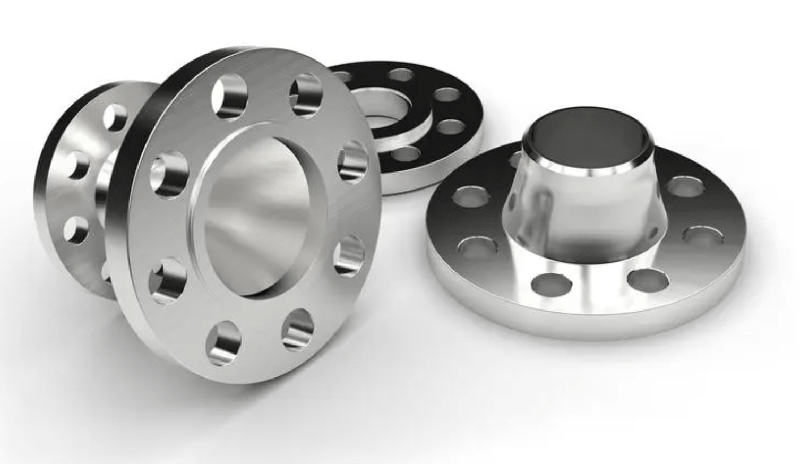
- English
- Español
- Português
- русский
- Français
- 日本語
- Deutsch
- tiếng Việt
- Italiano
- Nederlands
- ภาษาไทย
- Polski
- 한국어
- Svenska
- magyar
- Malay
- বাংলা ভাষার
- Dansk
- Suomi
- हिन्दी
- Pilipino
- Türkçe
- Gaeilge
- العربية
- Indonesia
- Norsk
- تمل
- český
- ελληνικά
- український
- Javanese
- فارسی
- தமிழ்
- తెలుగు
- नेपाली
- Burmese
- български
- ລາວ
- Latine
- Қазақша
- Euskal
- Azərbaycan
- Slovenský jazyk
- Македонски
- Lietuvos
- Eesti Keel
- Română
- Slovenski
- मराठी
- Srpski језик
What is metal stamping?
2024-07-17
Metal stamping involves placing cold metal between dies (some processes also heat the material). The metal material is pressed into the desired shape to create a larger tool or component. Some people in the manufacturing industry may refer to metal stamping as pressing.
The stamping dies within the machine either cut or squeeze the metal. These dies are designed specifically for each project. While it takes a long time to make the dies, the stamping process is fast. Stamping is a form of processing that clearly has economies of scale and can be one of the steps in the production of a product or the only step.
Stamping processes can also be broken down into punching, blanking, embossing, flanging, bending, and coining. The versatility of stamping makes it an ideal production method for industries such as automotive, military, public transportation, and manufacturing, as well as many other industries.
Types of Stamping
Some of the most commonly used stamping processes include precision, hot metal, and progressive die, among others. The type of stamping used depends on the desired finished product.
1. Precision Metal Stamping
Precision stamping produces raised images or 3D parts and produces finished products with tight tolerances. Compared to other forms of stamping, precision stamping involves less material movement between machines, which makes the process faster.
Aircraft parts, engine components, electronics, telecommunications equipment, and prototypes are often made using precision metal stamping. The high precision of this stamping method allows for the formation of complex designs that must adhere to their specifications. It can be controlled to have a length tolerance between 0.025mm and 0.05 mm, and a roundness tolerance between 0.012mm and 0.025mm.
A variation of this process is micro-precision stamping. This method can produce complex parts for the electronics or medical industries that are as thin as 0.05mm to 0.12mm.


2. Hot Metal Stamping
Hot metal stamping is the process of forming metal using extreme heat. Boron steel is heated to over 930 degrees Celsius and then quenched in the die. The result is a high-strength, lightweight steel component.
The main advantages of hot metal stamping parts are high tensile strength and the ability to form all complex parts in one go, with a high degree of integrity in the finished product. Parts produced in this way also do not experience springback and warping like other high-strength steel formed parts. But on the other hand, the difficulty of secondary processing is also high, which makes trimming and cutting after forming very difficult.
To perform hot metal stamping, you need several pieces of equipment, including:
Heating system capable of heating the metal to the necessary temperature
Cooling system
Automatic handling system, as hot parts cannot be handled manually
Tooling materials that are highly resistant to thermal shock
Hydraulic/servo presses with dwell function
Most importantly - all processing equipment must meet all safety requirements
3. Progressive Metal Stamping
Progressive stamping, also known as progressive die stamping, passes the material through multiple stamping stations, each of which processes the material individually, with the metal sheet always attached to the long strip during these different stages. The final machine cuts the finished product from the metal strip.
Progressive die stamping is a good choice for large-scale, long-term production processes because it extends the life of the die, maintains controllable accuracy in large batches, and produces minimal waste.
When creating larger parts that may require different presses, you will need to use transfer die stamping. This process differs from progressive stamping only in a few small ways. The workpiece is separated from the metal strip early, and a conveyor belt transfers the workpiece from machine to machine.




